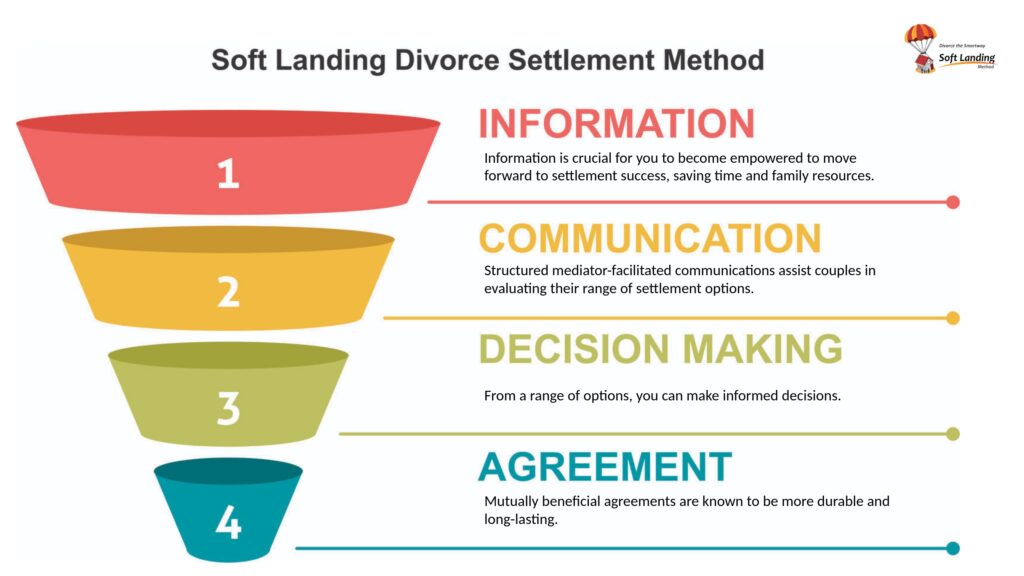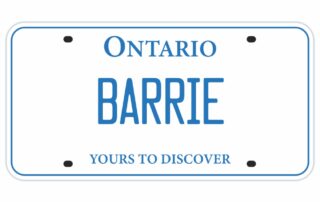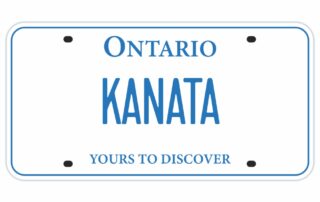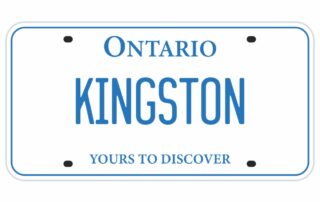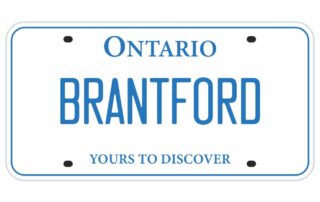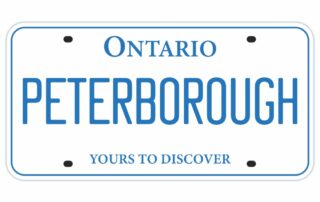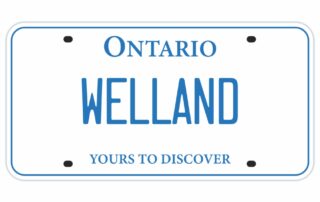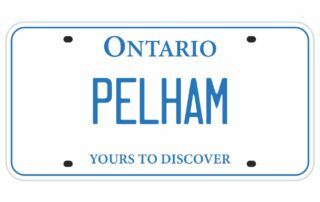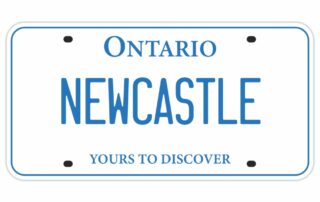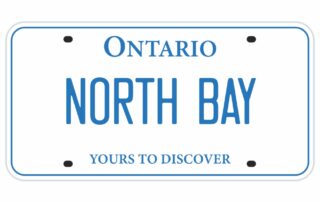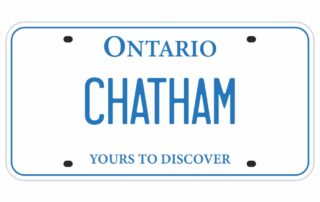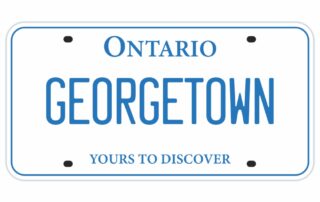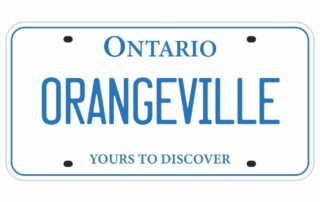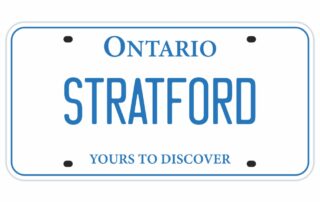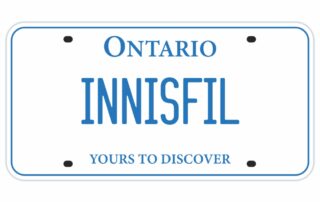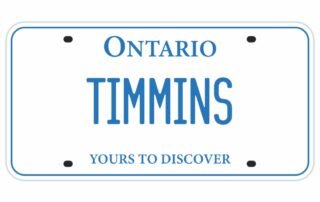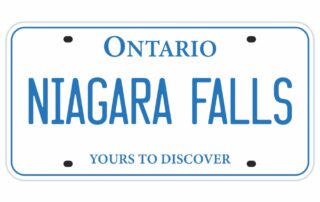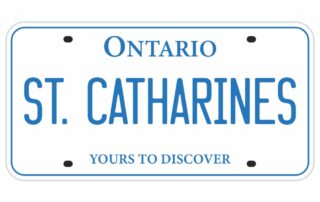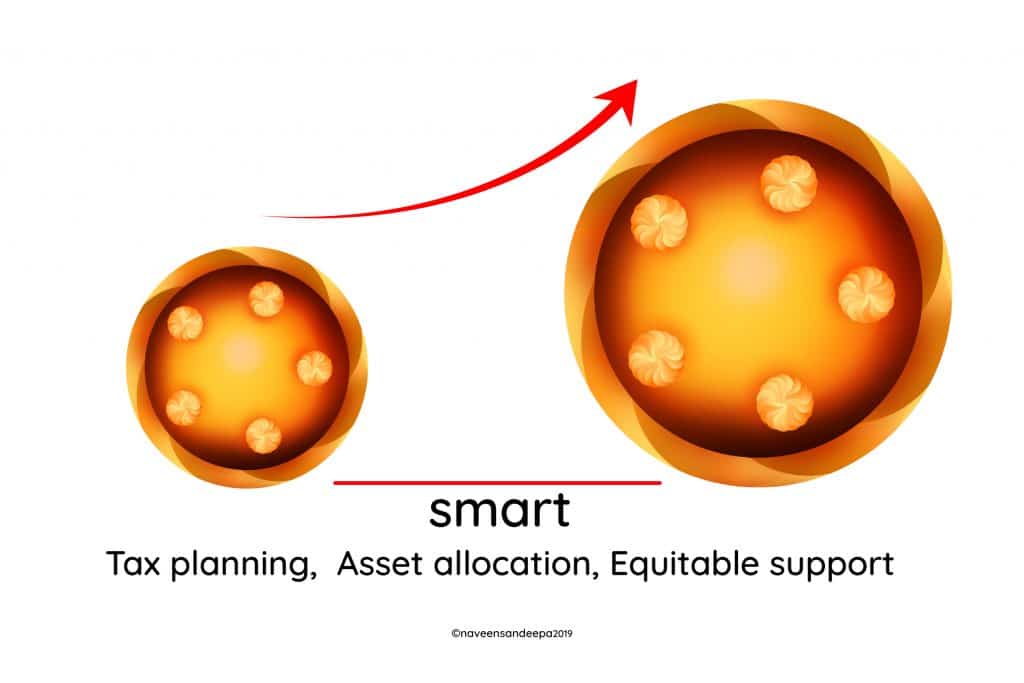Achieving a Soft Landing with No-Fault Divorce in Canada

No Fault Divorce Canada - Understanding No Blame Divorce
Discover how no-fault divorce in Canada simplifies separation by focusing on the marriage breakdown without assigning blame, ensuring a smoother, less adversarial process.
Yes, you can. Spousal support is determined based on need and ability to pay, not the grounds for divorce. A Certified Divorce Financial Analyst can help assess fair support arrangements.
The cost varies depending on complexity, but a no-fault divorce is generally less expensive than a fault-based divorce. Costs can be further reduced by using mediation and avoiding lengthy court battles.
As of January 1, 2023, the court fees for all divorce applications in Ontario total $669, payable in two installments: $224 at the time of filing the application and $445 when setting the matter down for a divorce hearing.
The Naked Divorce Self-Filer $489 + HST (30-Day Lowest Price Guarantee) for a simple (uncontested) divorce in Ontario. A contested divorce costs significantly more due to the complexity and number of claims involved. Therefore, the total cost for a simple divorce in Ontario, including court fees and document preparation costs, is $1,155.
No, mediation is not required, but it is highly recommended. Mediation can help resolve conflicts amicably, save costs, and ensure fair financial and custody arrangements.
Benefits of a no-fault divorce include a less adversarial process, reduced legal costs, faster resolution, and a focus on amicable agreements rather than blame.
Yes, you can. If both parties agree on all terms, including property division, support, and custody, you can file a joint application and may not need to appear in court. Mediation can help achieve these agreements.
No-fault divorce does not directly impact child custody. Custody arrangements are based on the best interests of the child, which can be effectively managed through mediation and professional advice from a Certified Divorce Financial Analyst.
‘Separation’ means living apart and leading separate lives, which can include living in the same home but with separate finances and activities. This one-year period must be demonstrated to file for a no-fault divorce.
The difference is that in a no-fault divorce, neither party has to prove wrongdoing, while in a fault-based divorce, one party must prove that the other’s misconduct caused the marriage breakdown. No-fault divorces are generally simpler and less contentious.
No-fault divorce became legal in Canada in 1986 with the introduction of the revised Divorce Act, which allowed couples to divorce without proving fault by demonstrating a one-year separation.
The legal grounds for a no-fault divorce in Canada are simply that the marriage has broken down due to a one-year separation. No blame or fault needs to be proven.
No, a lawyer is not strictly necessary for a no-fault divorce, but it is advisable to seek legal advice. A Divorce Mediator or Certified Divorce Financial Analyst can also provide valuable guidance, especially for financial matters and to ensure the process is as smooth as possible.
Documents needed for a no-fault divorce include a completed divorce application, marriage certificate, financial statements, and any relevant separation agreements. Working with a Divorce Mediator or Certified Divorce Financial Analyst can ensure all documentation is correctly prepared.
You must be separated from your spouse for at least one year before you can file for a no-fault divorce in Canada. This separation period is essential to demonstrate the breakdown of the marriage.
In Ontario, the process for a no-fault divorce involves filing an application at the Ontario Superior Court of Justice, confirming a one-year separation period, and possibly attending a court hearing. Consulting with a mediator or financial analyst can help navigate the legal and financial aspects smoothly.
Yes, a no-fault divorce is typically faster than a fault-based divorce because it avoids the need to prove wrongdoing, which can be time-consuming and contentious. By focusing on mutual separation, the process is more straightforward.
Yes, you can. In Canada, a no-fault divorce does not require your spouse’s agreement. If you have been separated for at least one year, you can proceed with the divorce even without their consent. A mediator can help manage communication and reduce conflict during this process.
The steps to obtain a no-fault divorce include:
- Confirming the one-year separation period.
- Filing the necessary divorce application forms.
- Serving the application to your spouse.
- Attending a court hearing, if required.
- Working with a mediator or financial analyst can streamline this process and ensure all legal and financial matters are addressed.
To file for a no-fault divorce in Canada, you must first be separated from your spouse for at least one year. You can then file an application for divorce at your local courthouse. It is beneficial to work with a Divorce Mediator or Certified Divorce Financial Analyst to ensure all paperwork is completed accurately and all financial details are properly addressed.
Resources on No Fault Divorce in Canada
- How to Apply for a Divorce – Department of Justice – Comprehensive guide on applying for a divorce in Canada, detailing the steps and legal requirements.
- No-fault divorce in Canada: Its cause and effect – An academic paper examining the effects of no-fault divorce laws in Canada.
- No-fault divorce – Wikipedia entry providing an overview of no-fault divorce, including its implications and legal context.
- Everything You Need to Know about No Fault Divorce in Canada – Detailed information about the no-fault divorce system in Canada.
- Simple divorce – Explanation of what constitutes a simple (uncontested) divorce and how it differs from a contested divorce.
- Fact Sheet – Divorce – Fact sheet outlining the key aspects and requirements of getting a divorce in Canada.
- Understanding the Divorce & Separation Process in Canada – Overview of the divorce and separation process in Canada, covering both fault and no-fault grounds.
- Divorce Law in Canada (96-3e) – Government publication on the history and evolution of divorce laws in Canada.
- What is the Divorce Process in Canada? – Detailed description of the steps involved in the divorce process in Canada.
- What is your reason (grounds) for asking for a divorce? – Explanation of the grounds for divorce under the Canadian Divorce Act.
- Do your own uncontested divorce | Family Law in BC – Guide on how to file for an uncontested divorce without appearing in court.
- No-fault divorce in Canada: Its cause and effect – Research article examining the causes and effects of no-fault divorce in Canada.
- Family lawyers discuss fault vs no fault divorce – Discussion by family lawyers on the differences between fault and no-fault divorces.
- The ground for divorce – the breakdown of the marriage – Guide to understanding the legal grounds for divorce, focusing on marriage breakdown as the primary criterion.
- Contested and Uncontested Divorce in Canada – Explanation of the differences between contested and uncontested divorces in Canada.
Ken Maynard CDFA, Acc.FM
I assist intelligent and successful couples in crafting rapid, custom separation agreements that pave the way for a smooth transition towards a secure future. This efficient process is achieved in about four meetings, effectively sidestepping the excessive conflicts, confusion, and costs commonly linked to legal proceedings. Clients have the flexibility to collaborate with me either via video conference or in-person through a DTSW associate at any of our six Greater Toronto mediation centers, located in Aurora, Barrie, North York, Vaughan, Mississauga, and Scarborough.
Have a few questions - Tap here to Schedule a Get Acquainted Call


